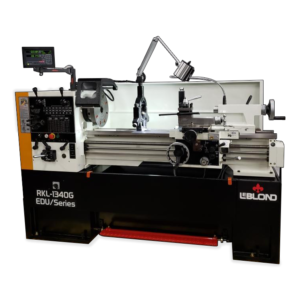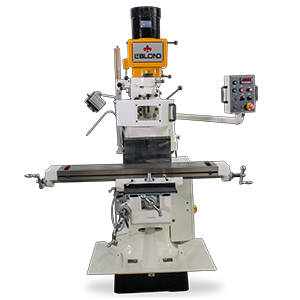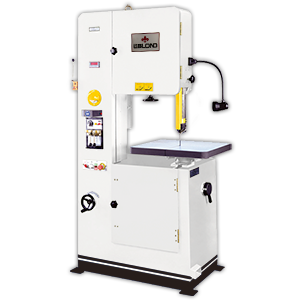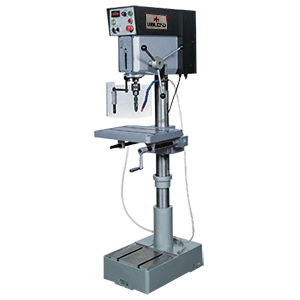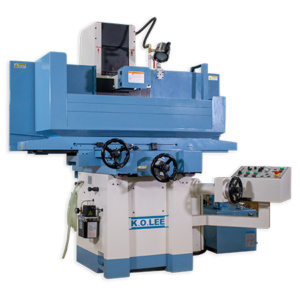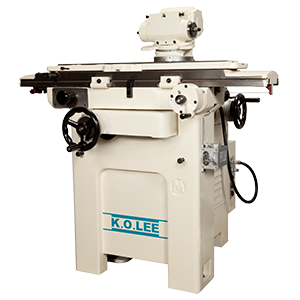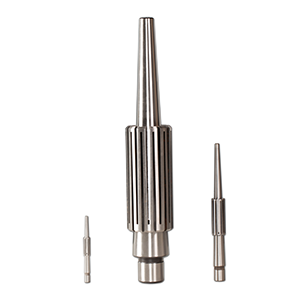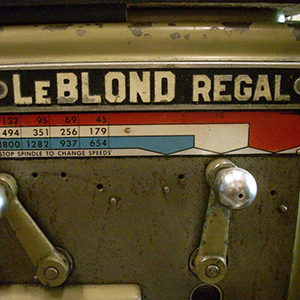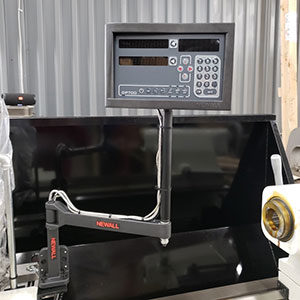
So, you’ve taken the first steps in preparing for a lathe installation—you’ve identified the equipment weight, contacted a rigging company, and confirmed that disassembly and fluid drainage are (mostly) optional. Great! But the process doesn’t stop there. A successful industrial installation or relocation requires detailed planning, clear communication, and preparation both at the pickup and destination sites.
Here are several key considerations to keep your move running smoothly once the initial logistics are handled:
Prepare Your Facility for the Industrial Lathe Installation
Before the movers arrive, take a good look at the current environment. Is there a clear path from the machine to the loading zone? Are there overhead obstacles like power lines, HVAC units, or doorways too narrow for the equipment? These are the kinds of logistical details that can stall a move or increase costs.
It’s not uncommon to find that a shop didn’t think through ceiling height or door clearance. We always recommend doing a walkthrough with your rigging company beforehand.
Additionally, make sure any electrical disconnects, gas lines, or other utilities connected to the machine are properly shut down by qualified professionals.
Secure Necessary Permits and Insurance
Depending on your location and the size of the equipment being moved, you may need special transport permits, especially for road travel involving oversized loads. A full-service mover typically manages this for you, but it’s always good to clarify what’s included in your quote.
Also, double-check your insurance coverage. While professional riggers carry their own liability insurance, it’s wise to notify your provider to ensure your policy covers the equipment during the move and while it’s offline.
Document Everything
Before disconnection, take high-quality photos of the machine in place, with close-ups of wiring, piping, control panels, and any unique configurations. These images can serve as valuable references during reinstallation and troubleshooting later.
Some companies also label wiring and ports with color-coded tags to simplify reconnection. If your equipment has custom settings or calibrations, document these as well.
Reinstallation: More Than Just Plug and Play
Once the machine arrives at its new home, the rigging team will position it, but the process doesn’t end there. Depending on the type of machine, you may need to have it leveled, aligned, calibrated, and tested before it’s ready for production again.
Make arrangements with your maintenance team or service technicians to be available for post-move inspection and setup. This is especially critical for high-precision tools like grinders or CNC lathes, where tolerances matter.
Final Thoughts
Moving a lathe, grinder, or similar equipment is a major undertaking—but it doesn’t have to be stressful. By partnering with a professional mover, understanding your machine’s specific requirements, and preparing your facility accordingly, you’ll reduce downtime and avoid costly surprises. Whether you’re relocating across the shop floor or across the state, a little preparation goes a long way.
For expert help, contracting companies have the tools, experience, and insight to get your move done safely and efficiently. Contact your local LeBlond Ltd. representative for more moving suggestions.

